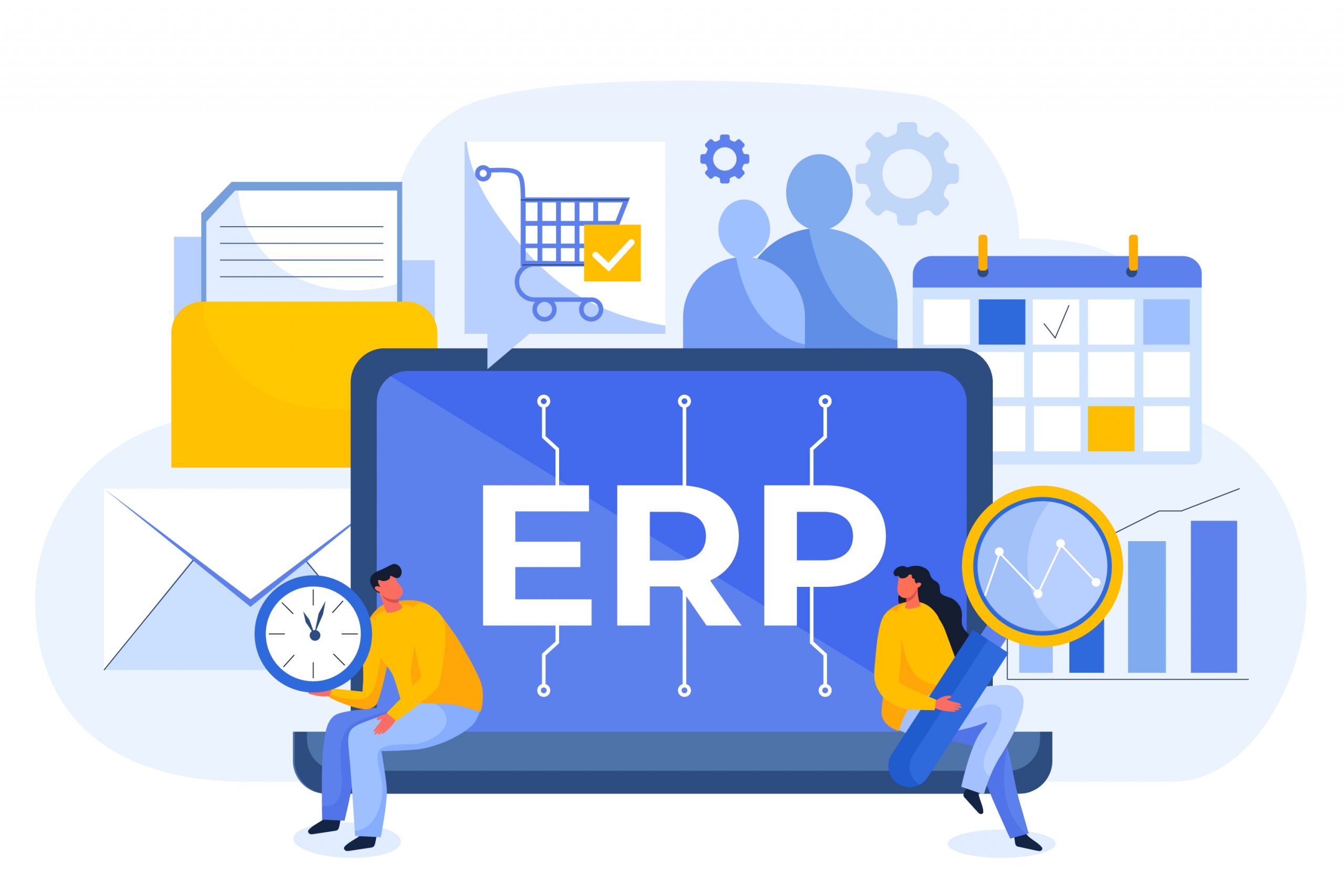Implementing an ERP system can bring transformative changes to a business, but it also comes with its fair share of ERP implementation challenges. Successfully navigating these obstacles requires careful planning, communication, and a clear strategy. In this blog, we’ll explore the ERP implementation challenges companies face and how to overcome them with tips and best practices.
1. Common ERP Implementation Challenges
There are several ERP implementation challenges that businesses often encounter. One of the most significant issues is underestimating the time and resources required for implementation. ERP systems are complex, and their integration into existing workflows can be time-consuming. Additionally, inadequate training for employees on how to use the new system can result in lower productivity and resistance to change.
2. The Importance of Thorough Planning
To overcome ERP challenges, a detailed and thorough planning process is crucial. Before starting, companies must clearly define their goals for the ERP system and ensure that all departments are aligned with the project. Involving stakeholders from different areas of the business can help identify potential roadblocks early and set realistic timelines for each phase of the implementation.
3. Choosing the Right ERP Vendor
Selecting the right ERP vendor is another key factor in avoiding ERP challenges. Every business has unique needs, so it’s essential to choose a system that fits those requirements. Conducting a thorough evaluation of vendors, considering factors like scalability, support services, and ease of integration with existing systems, can significantly reduce complications during the implementation process.
4. Managing Change Effectively
One of the major ERP implementation challenges is managing organizational change. Employees may resist the new system if they don’t understand how it will benefit them. To mitigate this challenge, it’s important to communicate the reasons behind the ERP implementation clearly and provide comprehensive training for all users. Offering ongoing support can also help ease the transition and ensure that employees are confident in using the new system.
5. Testing and Continuous Improvement
Before going live, thorough testing is essential to identify any issues that could disrupt operations. Running pilot programs or simulations allows teams to work with the system in a controlled environment and resolve any bugs. After implementation, continuous improvement should be a priority to ensure the system is delivering the expected benefits and that any further ERP implementation challenges are addressed quickly.
Conclusion
Addressing ERP implementation challenges requires a proactive and strategic approach. With thorough planning, effective change management, and ongoing support, businesses can successfully implement ERP systems and unlock their full potential. For more tips and expert guidance on ERP and system integration, visit Bedots.
Read more: Boosting E-Commerce with ERP: Order Fulfillment & Inventory



